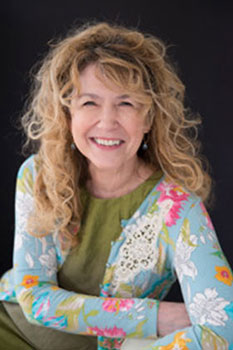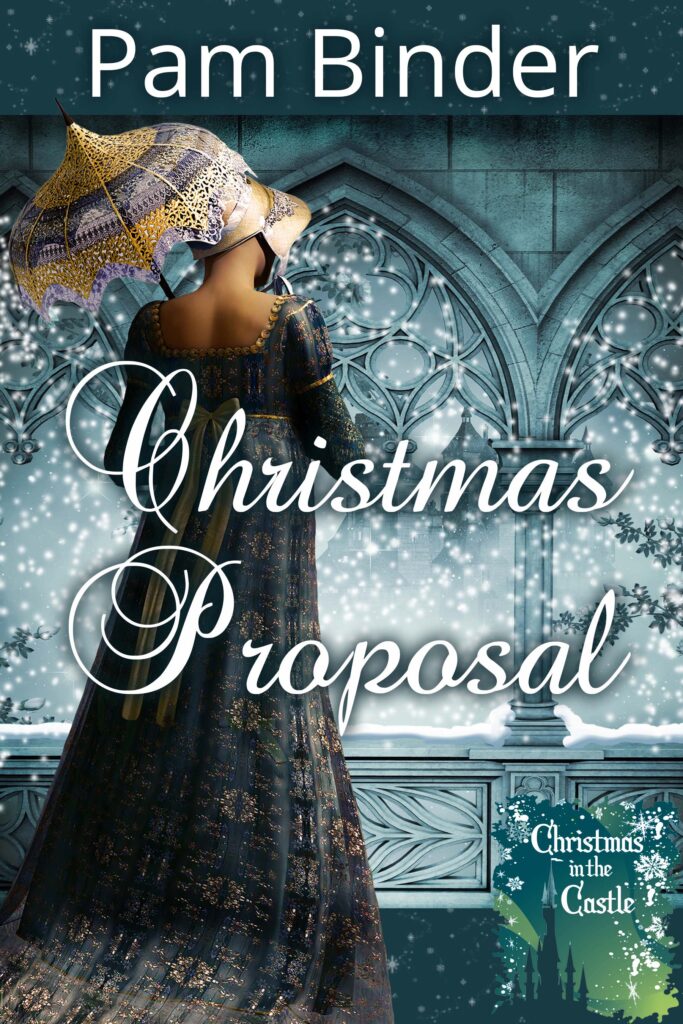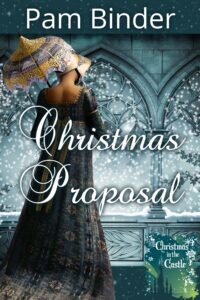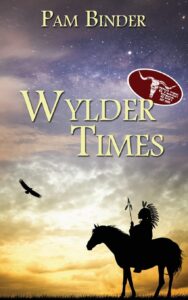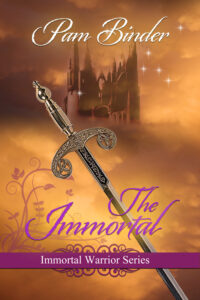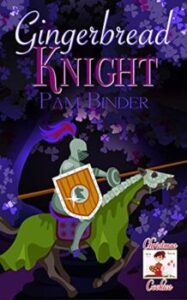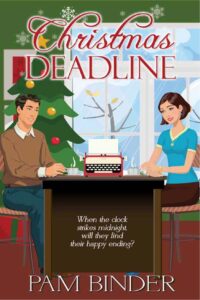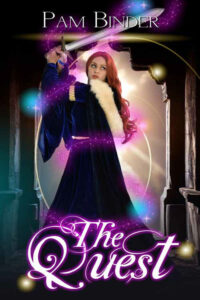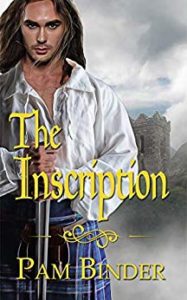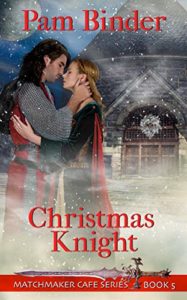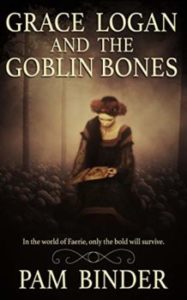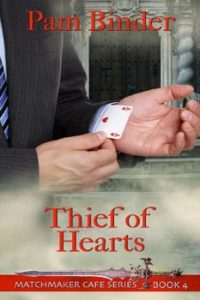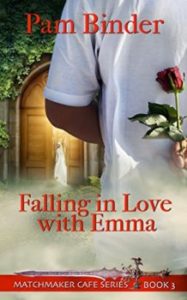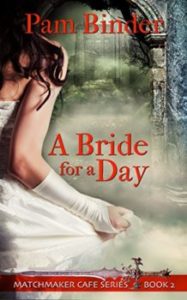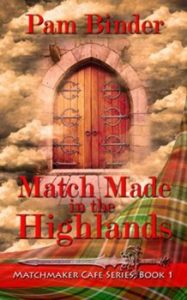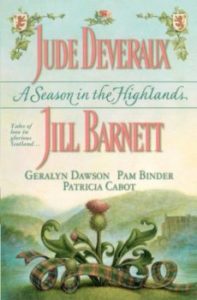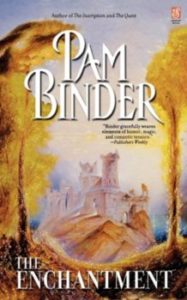Is the “Kilt” a noun or a verb? —– Actually, it’s both!
Because I write about stories set in Scotland, naturally I’ve done research on the topic. And what better way to do research than to actually visit the place.
When my husband and I visited Edinburgh I bought a book on the proper way to wear a kilt. The author definitely had a point of view on the topic and said that there is a wrong way to wear a kilt, and the Scottish way.
According to the author, the pleats of the kilt are in the back, and the unpleated area crosses over in front. He also had pages to say about the right length. The kilt should reach only to the top of the kneecap. In the time of Queen Victoria the kilt was supposed to come to the middle of the kneecap. The author considered this length an “extreme fashion,” and a “trollopy” (I’m still not sure what that means, but I’m sure it’s nothing good). The message was clear: guys must wear their kilts above the knee! The shorter the better. Hummm?
We can’t talk about kilts without mentioning the different plaid patterns of fabric used in its construction. The plaid kilt of Scotland is considered a unique symbol of the ancient clan system. The pattern identified your clan, or family. As you can imagine, this instilled a strong sense of pride and unity. So much so that in 1741 Great Britain, in an attempt to break up the clan system, banned the custom of wearing kilts. Anyone who violated this law were treated as outlaws, and those caught wearing a kilt could be killed. It got even crazier. In Edinburgh a woman was arrested for wearing a tartan-patterned dress. It took over thirty five years for this law to be overturned.
Taking into consideration how seriously a Scotsman considered the length of his kilt, you can imagine how he would feel if he couldn’t wear one. I think this passion is what draws visitors to Scotland. You can feel it in the air.
